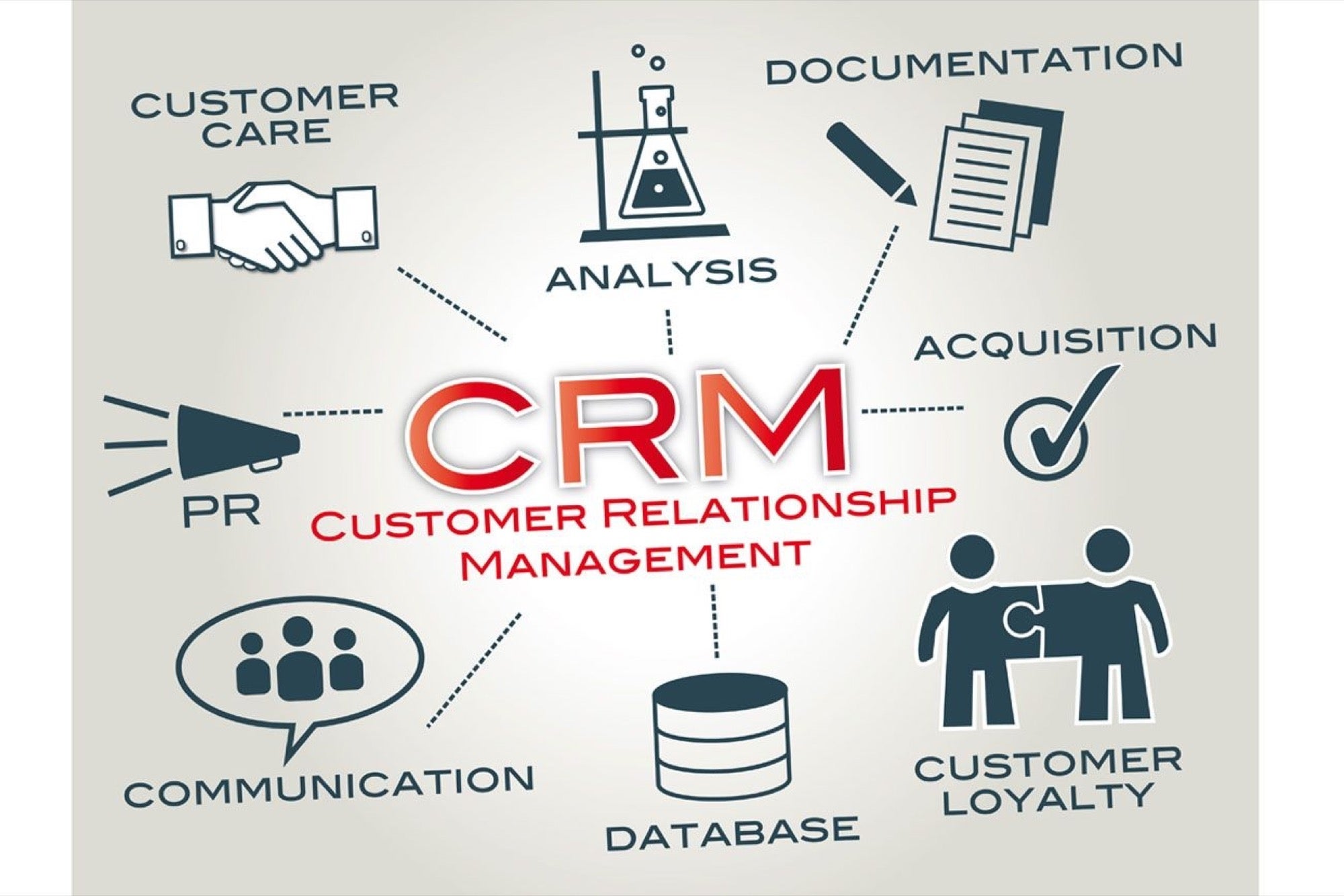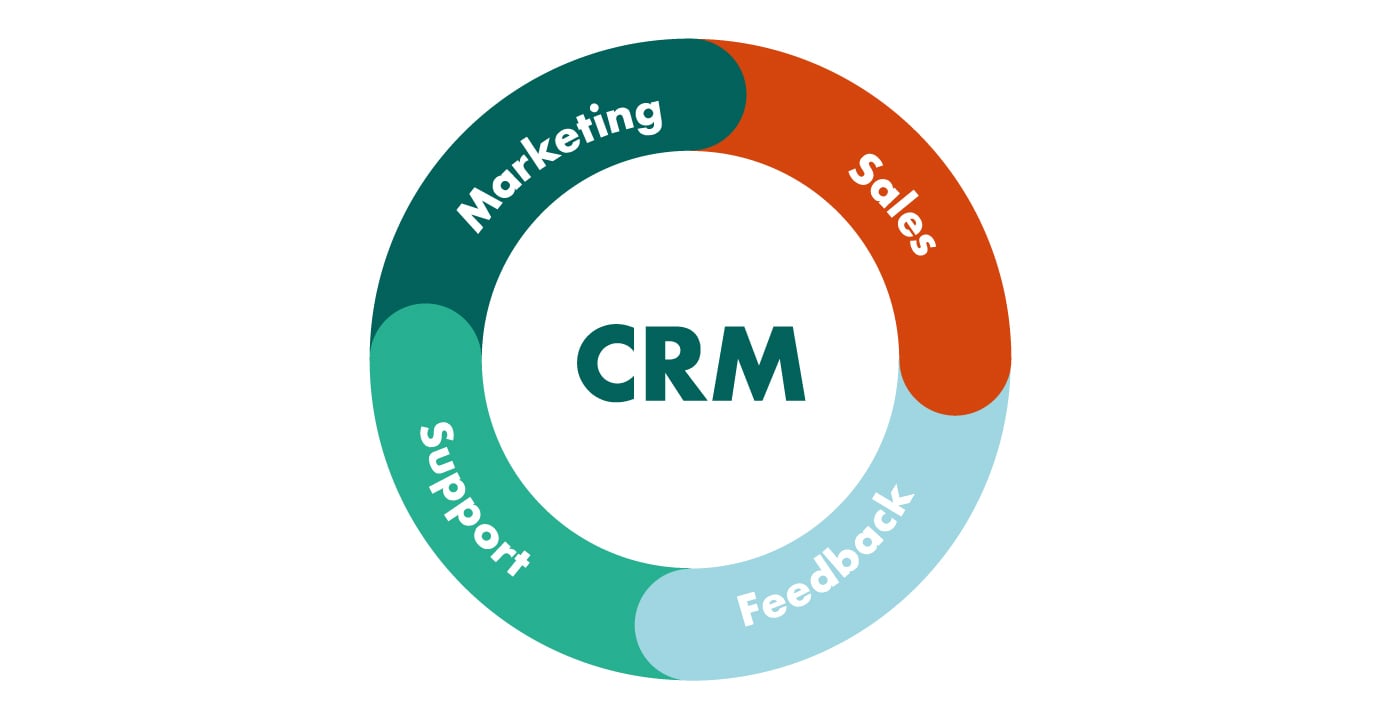In today’s competitive business landscape, customer relationship management (CRM) has become an indispensable tool for organizations of all sizes. Business CRM systems enable companies to streamline their sales, marketing, and customer service operations, resulting in enhanced efficiency, improved customer satisfaction, and increased revenue generation.
This comprehensive guide delves into the world of business CRM, exploring its various types, implementation strategies, integration capabilities, data management best practices, and the latest trends shaping the industry. Whether you’re a small business owner or a large enterprise, this resource will provide valuable insights and actionable advice to help you harness the power of CRM for business success.
Business CRM Overview
A business CRM, or Customer Relationship Management system, is a software application that helps businesses manage their relationships with customers and potential customers. It provides a central repository for customer data, such as contact information, purchase history, and support interactions.
This data can be used to track customer interactions, identify sales opportunities, and improve customer service.
Businesses of all sizes can benefit from using a CRM. Small businesses can use a CRM to manage their customer relationships and grow their business. Medium-sized businesses can use a CRM to improve their sales and marketing efforts. Large businesses can use a CRM to manage their complex customer relationships and improve their overall customer experience.
Benefits of Implementing a CRM
There are many benefits to implementing a CRM, including:
- Improved customer service: A CRM can help businesses improve their customer service by providing a central repository for customer data. This data can be used to track customer interactions, identify trends, and resolve customer issues quickly and efficiently.
- Increased sales: A CRM can help businesses increase their sales by providing a better understanding of their customers. This data can be used to identify sales opportunities, target marketing campaigns, and close deals more effectively.
- Improved marketing: A CRM can help businesses improve their marketing efforts by providing a better understanding of their customers. This data can be used to create targeted marketing campaigns, track campaign results, and measure ROI.
- Increased efficiency: A CRM can help businesses increase their efficiency by automating tasks and streamlining processes. This can free up time for employees to focus on more strategic initiatives.
Types of Business CRMs

Business CRMs come in various types, each with its own set of features and advantages. Understanding the different types can help businesses choose the CRM that best aligns with their specific needs.
The two main types of CRMs are cloud-based and on-premises.
Cloud-Based CRM, Business crm
- Hosted by a third-party vendor over the internet
- Accessible from any device with an internet connection
- Subscription-based pricing model
- Lower upfront costs compared to on-premises CRMs
- Regular software updates and maintenance handled by the vendor
On-Premises CRM
- Installed on a company’s own servers
- Requires hardware and IT support
- Higher upfront costs but lower ongoing maintenance expenses
- Greater control over data security and customization
- Can be more complex to implement and manage
CRM Implementation

Implementing a customer relationship management (CRM) system is a crucial step for businesses of all sizes. It can help you streamline your sales, marketing, and customer service operations, leading to improved customer satisfaction and increased revenue.
The process of implementing a CRM system can be complex, but it can be broken down into a few key steps:
Step 1: Define your business goals
The first step is to define your business goals for implementing a CRM system. What do you want to achieve? Do you want to improve sales performance, increase customer satisfaction, or streamline your marketing efforts? Once you know your goals, you can start to evaluate different CRM systems and choose one that meets your needs.
Step 2: Choose a CRM system
There are many different CRM systems on the market, so it’s important to do your research and choose one that is right for your business. Consider your business size, industry, and specific needs. You should also consider the cost of the system and the level of support that is available.
Step 3: Implement the CRM system
Once you have chosen a CRM system, you need to implement it. This can be a complex process, so it’s important to work with a qualified implementation partner. The implementation partner will help you configure the system, train your employees, and migrate your data.
Step 4: Monitor and evaluate your CRM system
Once your CRM system is up and running, it’s important to monitor and evaluate its performance. This will help you ensure that the system is meeting your business goals. You should track key metrics such as sales performance, customer satisfaction, and marketing ROI.
If you’re not seeing the results you expected, you may need to make adjustments to your CRM system or your implementation strategy.
Challenges and Best Practices of CRM Implementation
There are a number of challenges that you may encounter when implementing a CRM system. These challenges include:
- Data integration
- Employee resistance
- Cost
To overcome these challenges, it’s important to follow some best practices. These best practices include:
- Start with a clear plan
- Get buy-in from your employees
- Choose the right CRM system
- Work with a qualified implementation partner
- Monitor and evaluate your CRM system
CRM Implementation for Different Business Sizes
The steps and considerations for implementing a CRM system will vary depending on the size of your business. Here is a table comparing the key steps and considerations for different business sizes:
| Business Size | Key Steps | Considerations |
|---|---|---|
| Small businesses |
|
|
| Medium businesses |
|
|
| Large businesses |
|
|
Final Review

In conclusion, business CRM is a transformative technology that empowers organizations to manage customer interactions effectively, build lasting relationships, and drive business growth. By embracing the principles Artikeld in this guide, businesses can optimize their CRM strategies, gain a competitive edge, and achieve their customer-centric goals.
Query Resolution
What is the primary benefit of implementing a business CRM?
A business CRM centralizes customer data, streamlines communication, and automates tasks, leading to improved efficiency, enhanced customer satisfaction, and increased revenue.
What are the key types of business CRMs?
There are two main types of business CRMs: cloud-based CRMs, which are hosted by a third-party provider, and on-premises CRMs, which are installed and managed on a company’s own servers.
How do businesses integrate CRM systems with other business applications?
CRM systems can be integrated with various business applications, such as email marketing platforms, accounting software, and project management tools, through APIs or third-party connectors.
What are the best practices for managing CRM data?
To ensure data accuracy and consistency, businesses should establish clear data entry guidelines, regularly review and update customer information, and utilize data validation tools.
